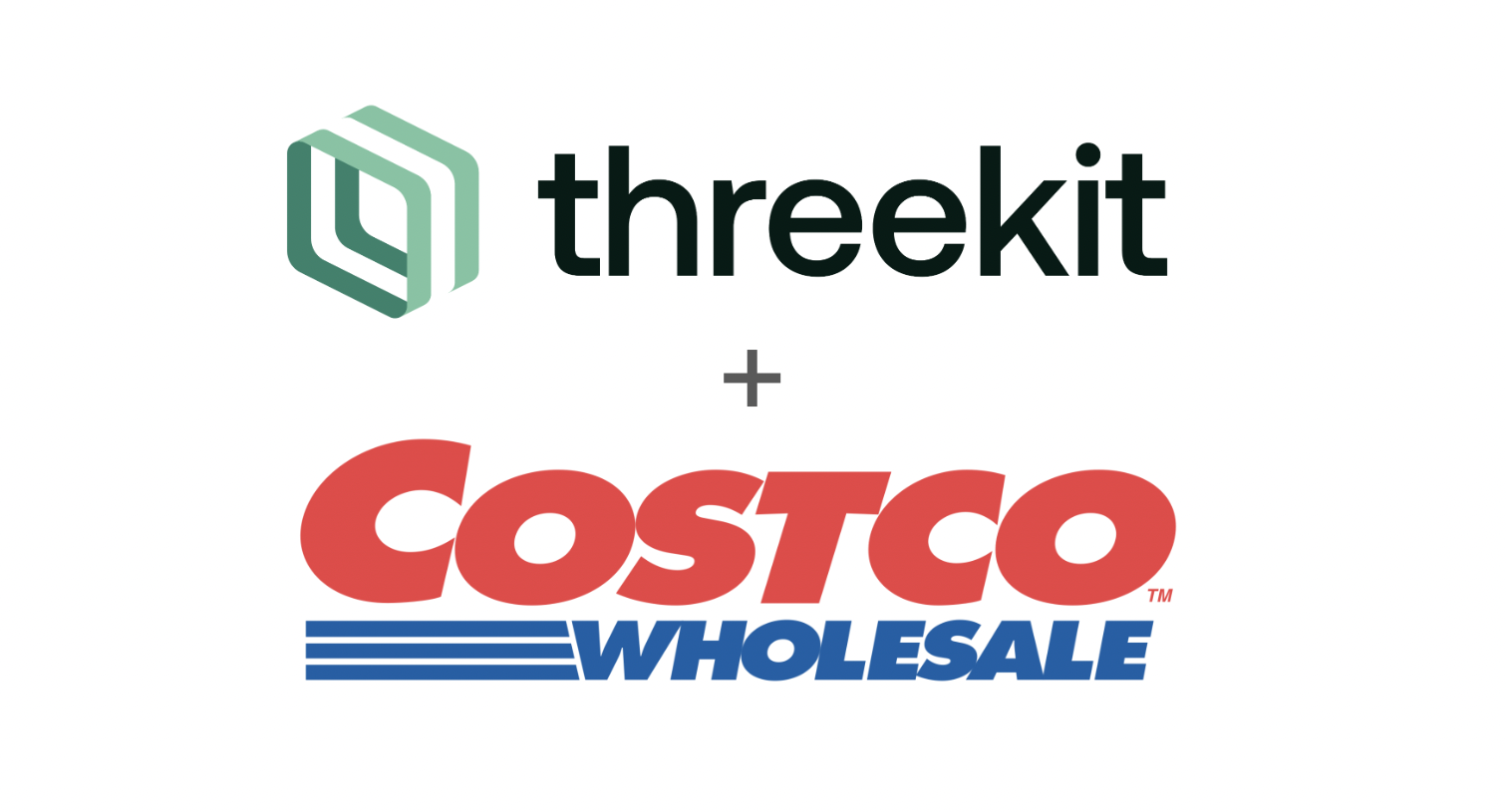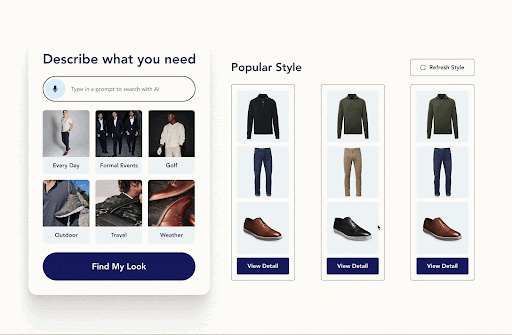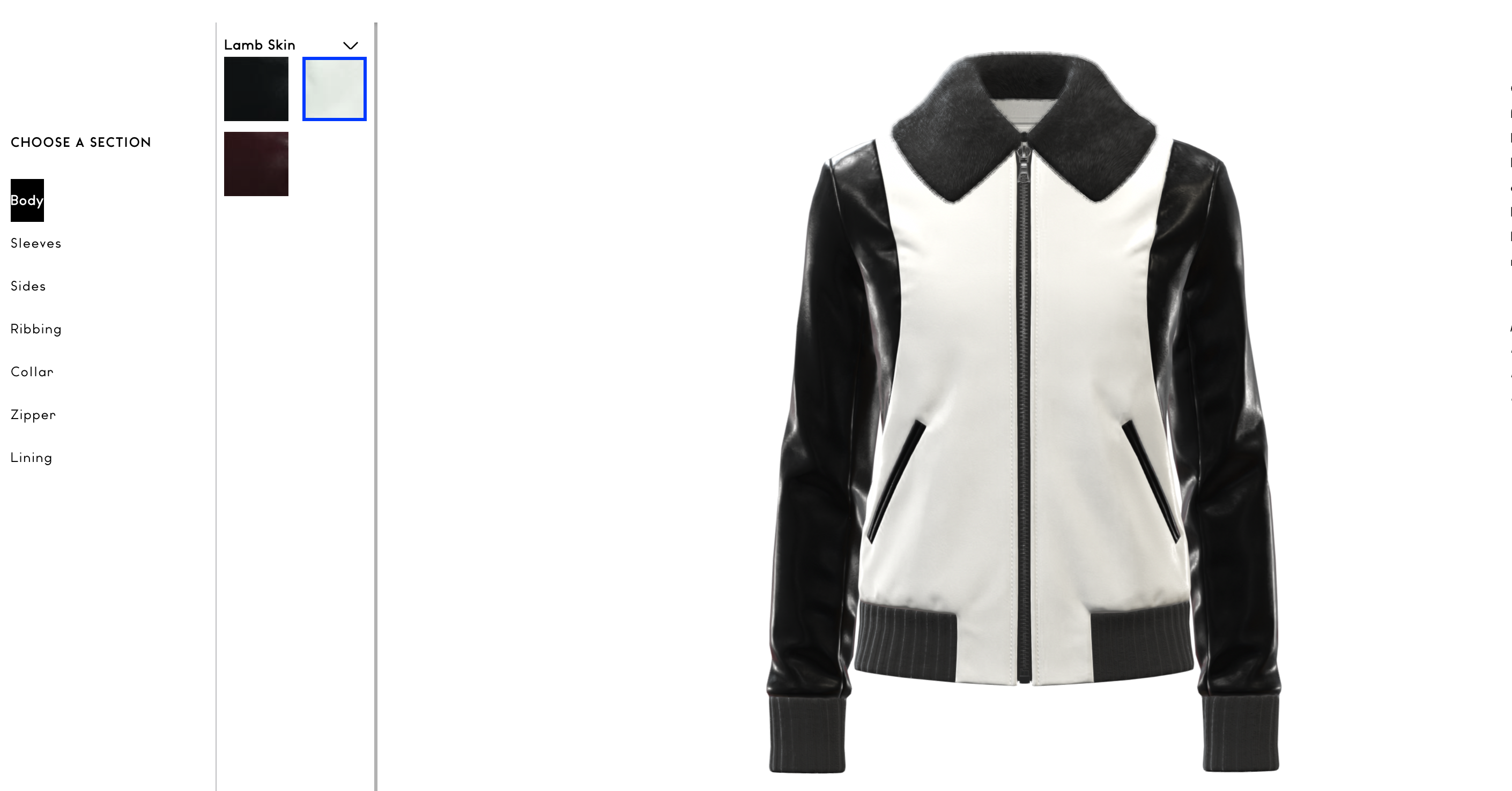Boost Your Sales with Conversion Rate Optimization Techniques
In today's competitive online marketplace, simply attracting visitors to your website is not enough. To truly succeed, you need to convert that traffic into tangible sales via product discovery. This is where Conversion Rate Optimization (CRO) comes into play.
By implementing effective CRO techniques, you can significantly boost your sales and maximize the return on your digital marketing efforts.
Key Takeaways
- Design and place compelling calls-to-action (CTAs) to drive user engagement and conversions.
- Enhance the user experience on your website with personalization to improve conversion rates.
- Explore the power of social proof and how to leverage customer testimonials, reviews, and case studies.
- Utilize data-driven insights to make informed decisions and optimize your content for both search engines and conversions.
Understanding the Basics of CRO
Conversion Rate Optimization, or CRO, is the practice of enhancing a website's performance to convert more visitors into customers, clients, or subscribers. The primary objective is to increase the number of desired actions taken on your site, such as purchases, form submissions, or newsletter sign-ups.
Why CRO Matters
CRO is crucial in digital marketing because it directly impacts your business's success. A high conversion rate indicates that a significant portion of your visitors are taking the desired actions, which translates to more revenue, leads, or subscribers. Understanding and optimizing your conversion rate helps you make data-driven decisions to improve user experience and achieve your business goals.
CRO is an ongoing process that requires continuous experimentation and analysis to understand your customers better and enhance their experience.
Key Metrics to Track
To effectively optimize your conversion rate, you need to monitor several key metrics:
- Conversion Rate: The percentage of visitors who complete a desired action.
- Bounce Rate: The percentage of visitors who leave your site after viewing only one page.
- Average Session Duration: The average amount of time visitors spend on your site.
- Pages per Session: The average number of pages viewed during a single session.
Tracking these metrics will provide valuable insights into your website's performance and areas that need improvement.

Crafting Compelling Calls-to-Action
Creating effective calls-to-action (CTAs) is essential for driving user engagement and conversions. A well-crafted CTA can significantly boost your conversion rates by guiding users towards desired actions. Below are some strategies to help you design compelling CTAs.
Designing Effective CTAs
To make your CTAs stand out, focus on eye-catching design and clear, action-oriented language. Use contrasting colors to grab attention and ensure the text is concise and specific. Experiment with different tones and perspectives to see what resonates best with your audience.
Example CTAs:
- Contact us today for a free quote.
- Sign up to learn more.
- Click the link to start your free trial.
- See more designs.
Placement Strategies for Maximum Impact
Strategically placing your CTAs across your website can increase the chances of conversion. Avoid clustering too many CTAs in one area. Instead, spread them out to guide users through their journey. Consider placing CTAs in multiple locations, such as at the end of blog posts or within the content, to capture different types of visitors. CTAs generally contain links to the next step on the user journey. By crafting and placing effective CTAs, you reduce bounce rates and keep visitors on your site longer.
A/B Testing Your CTAs
Testing various elements of your CTAs, such as text, color, and placement, can provide valuable insights into what works best. Conduct A/B tests to compare different versions and identify the most effective combinations. This data-driven approach ensures that your CTAs are optimized for maximum impact.
Crafting a compelling call-to-action is crucial for motivating users to act. Test your CTA's with various tones of text to find the most effective approach.
Enhancing User Experience for Better Conversions
Improving the user experience on your website is crucial for boosting conversion rates. According to statistics reported by Forrester, a well-designed site can boost a website’s conversion rate by up to 200%, and an enhanced user experience can potentially increase conversion rates by up to a staggering 400%.
User Personalization Tools
From AI-powered product recommendations and personal shoppers to product configuration and compelling visuals, leverage tools that engage shoppers. These will increase product desirability and the length of time visitors stay on your website. By personalizing the shopping experience, you can replicate aspects of the in-store experience at a fraction of the cost.
Improving Website Navigation
A well-structured website makes it easier for visitors to find what they are looking for. Reduce as many distracting elements as possible and place the most important information at the top so visitors can take action quickly. This will lead to a boost in page engagement.
Optimizing Page Load Speed
Page load speed is a critical factor in user experience. Slow-loading pages can frustrate users and lead to higher bounce rates. Aim to optimize images, leverage browser caching, and minimize JavaScript to improve load times.
Mobile-Friendly Design
With the increasing use of mobile devices, having a mobile-friendly design is essential. Ensure that your website is responsive and provides a seamless experience across all devices. This not only improves user satisfaction but also contributes to higher conversion rates.

Leveraging Social Proof to Build Trust
Using Customer Testimonials
Customer testimonials are a powerful way to build trust with potential clients. Authenticity is key when leveraging social proof. Focus on showcasing genuine customer experiences and avoid fabricating testimonials or reviews. This leads to a more credible and trustworthy brand image.
Showcasing Reviews and Ratings
Displaying reviews and ratings prominently on your website can significantly influence potential buyers. People often look to others for guidance, and seeing positive feedback can reassure them about their purchase decisions. Make sure to highlight both the number of reviews and the average rating to provide a comprehensive view.
Highlighting Case Studies
Case studies offer an in-depth look at how your product or service has benefited other customers. They provide detailed examples and can address specific concerns or questions potential clients might have. By presenting real-world applications and results, you can effectively demonstrate the value and reliability of your offerings.
Leveraging social proof can significantly enhance your brand's credibility and trustworthiness, leading to higher conversion rates and increased sales.
Optimizing Content for Search Engines and Conversions
Keyword Research for CRO
Keyword research is the foundation of both SEO and CRO. By understanding what your audience is searching for, you can tailor your content to meet their needs.
Organize your content in a logical and readable format to enhance user experience and improve search engine rankings. Use headings, subheadings, and bullet points to make your content more digestible.
Creating High-Quality Content
High-quality content is essential. Focus on creating valuable, informative, and engaging content that addresses the needs and pain points of your audience. Avoid stuffing your title tags and meta descriptions with keywords, as this can turn off users and set the wrong expectations.
On-Page SEO Best Practices
On-page SEO involves optimizing individual pages to rank higher and earn more relevant traffic in search engines. This includes optimizing title tags, meta descriptions, headers, and content. Additionally, ensure your website is mobile-friendly and loads quickly to improve user experience and search engine rankings.
Utilizing Behavioral Triggers
Behavioral triggers are actions taken by users that can prompt personalized responses. Examples include sending a follow-up email after a user abandons their cart or displaying a special discount when a user spends a certain amount of time on a product page. These triggers help in creating a more engaging and relevant user experience.
Personalized user experiences allow you to keep your message and desired action the focus of the user across platforms.
Conclusion
By strategically implementing the CRO techniques discussed, you can significantly enhance your website's performance, turning more visitors into loyal customers. Remember, the key to successful CRO lies in continuous testing, analyzing, and optimizing. Start with the proven strategies we've outlined, and you'll be well on your way to achieving higher conversion rates and driving substantial growth for your business.
Interested in learning more about product and website personalization and product discovery? Contact Threekit to see a free demo of our award-winning visual platform and AI tools.


